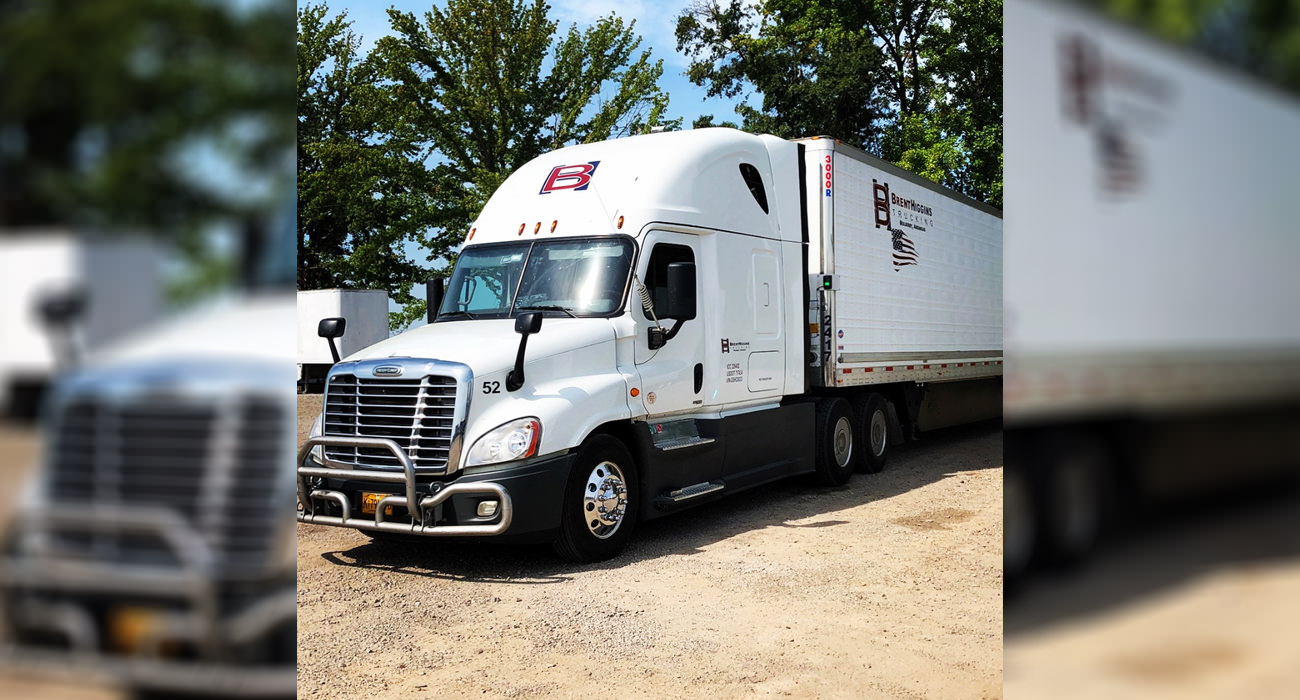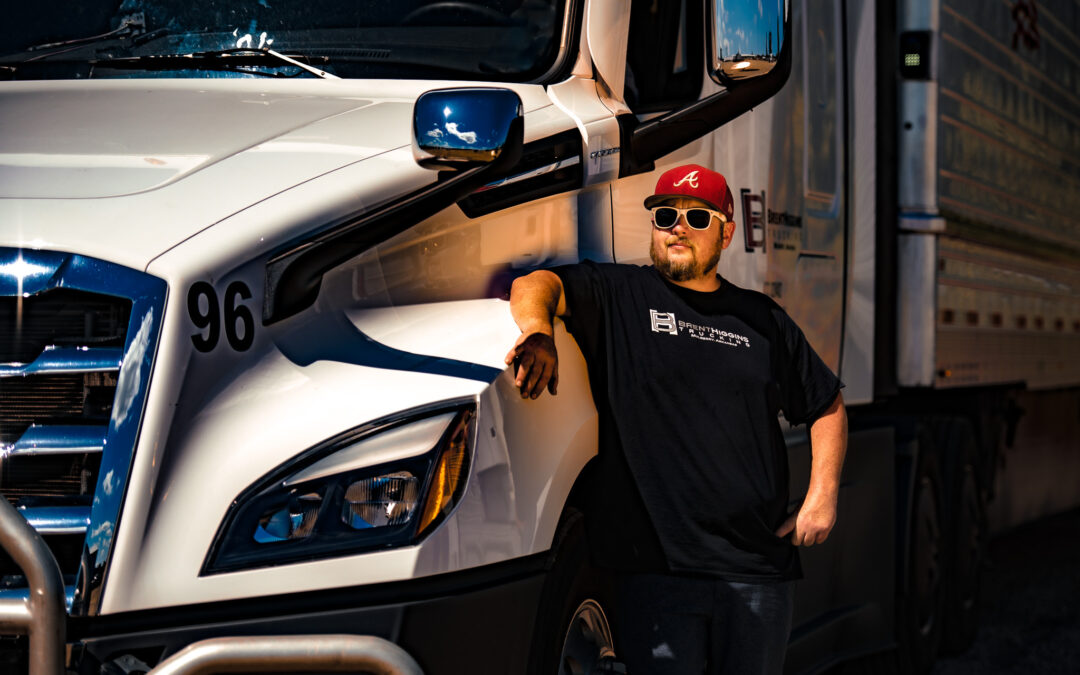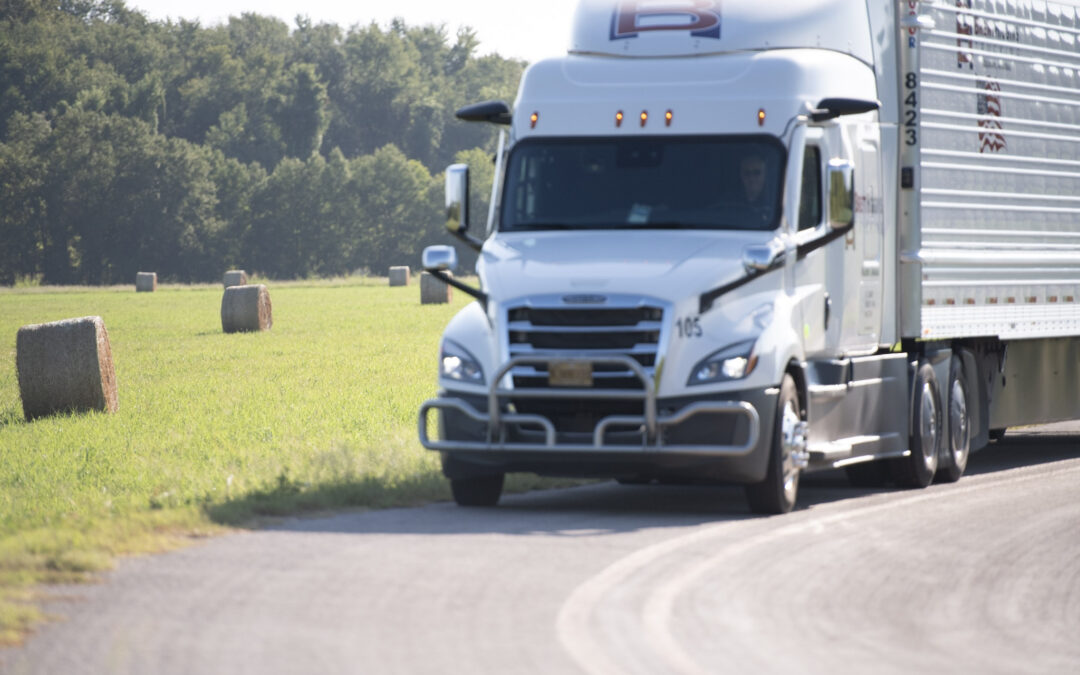The transportation industry is shifting significantly towards electric vehicles, and electric trucks are at the forefront of this transformation. California has ambitious plans to put hundreds of thousands of electric trucks on California’s roads in the coming years. While this transition holds great promise for a more sustainable future, it also raises a critical question: Can our power grids handle the colossal energy demands of electric trucks?
The California Initiative
The California Air Resources Board (CARB) is leading the charge by proposing the Advanced Clean Trucks standard, with plans to put approximately 100,000 and 300,000 electric trucks on California’s roads in 2030 and 2035, respectively. These numbers sound promising, but let’s take a closer look at what it means for the power grid.
A Gigantic Energy Appetite
Electric semis, often used for long-haul transportation, require an enormous amount of energy. A typical Class 8 truck, like Tesla’s Semi, needs around 2 kWh for each mile driven. Considering that there are approximately 4 million Class 8 trucks in the U.S., and they drive an average of 63,000 miles annually, the energy requirement is staggering. If all these trucks were to electrify now, they would need 504 terawatt-hours (TWh) annually, which is double California’s 2021 electricity generation.
This presents a daunting challenge for utilities, especially in regions like California, where rolling blackouts and brownouts are not uncommon. To support an all-electric trucking fleet, utilities would need to generate an additional 57% of their current output.

Distribution Challenges
But it’s not just about generating this enormous amount of energy. The distribution angle is where this challenge becomes truly daunting for utility planning and investment. Analysis suggests that almost 70% of vehicle miles traveled by Class 8 semi-trucks would need to be charged at public stations rather than at company depots. This means most interstate trip charging would happen in truck stops far away from urban generation resources.
Long Recharge Times
Additionally, electric trucks often require a significant amount of time to recharge. A 300-kWh battery would only cover 150 miles before needing an hour of recharge from a 300-kWh fast charger. In comparison, traditional Class 8 tractors can cover 1,800 miles before refueling. The efficiency of electric trucks comes at the cost of longer downtimes.
The Vital Role of Truckers
It’s crucial to remember that truckers play a vital role in delivering essential goods like food, medicine, and baby formula. Any failure in the transition to electric trucks could have catastrophic consequences. As we move toward more sustainable transportation, we must ensure that the transition is both practical and reliable.

Call to Action
Brent Higgins Trucking is committed to a sustainable future and recognizes the challenges posed by the transition to electric trucks. We invite those who are looking to drive for a company that cares about the world to join us on the journey. Haul with Higgins and be a part of a responsible and sustainable transition in the transportation industry. Together, we can make a difference in the world.












0 Comments